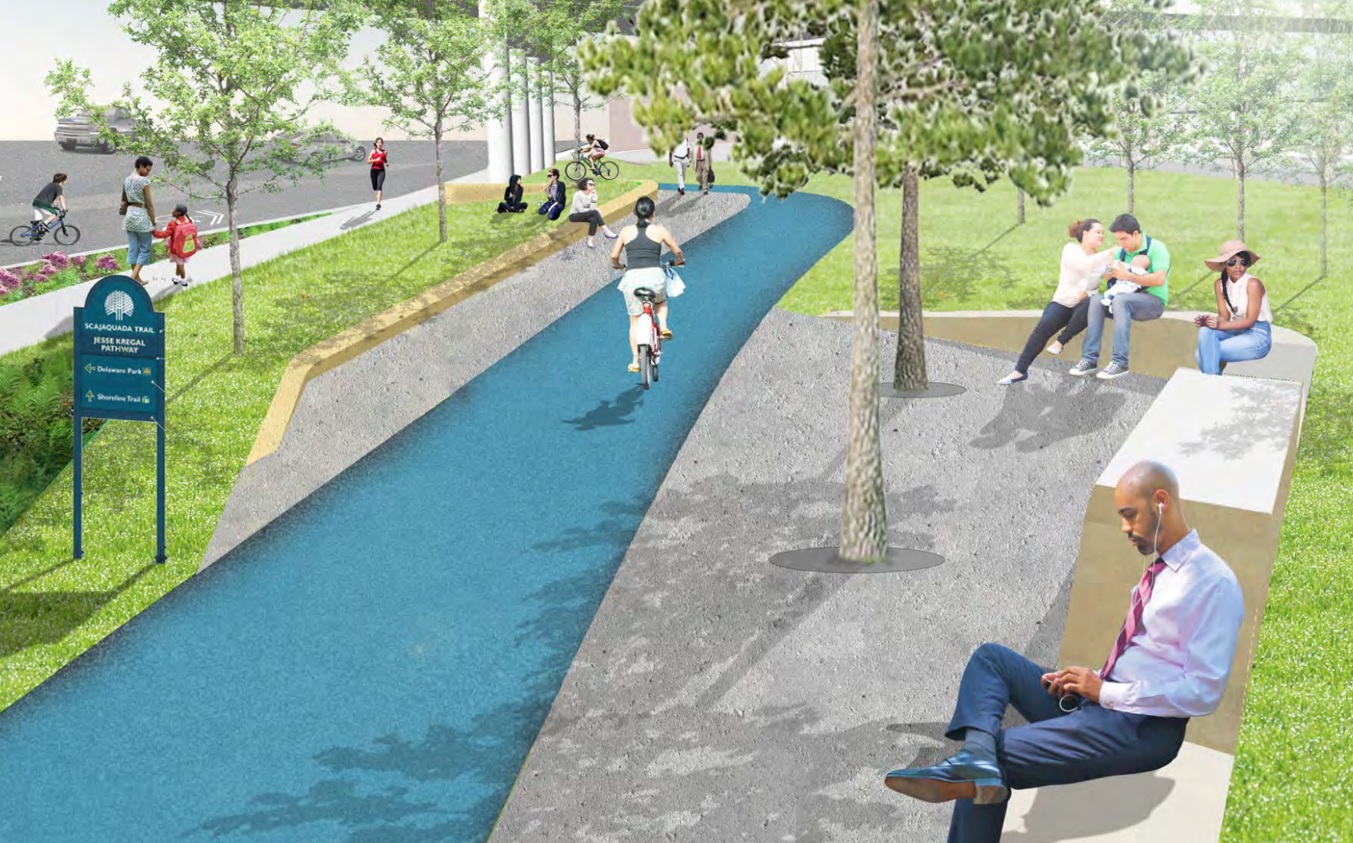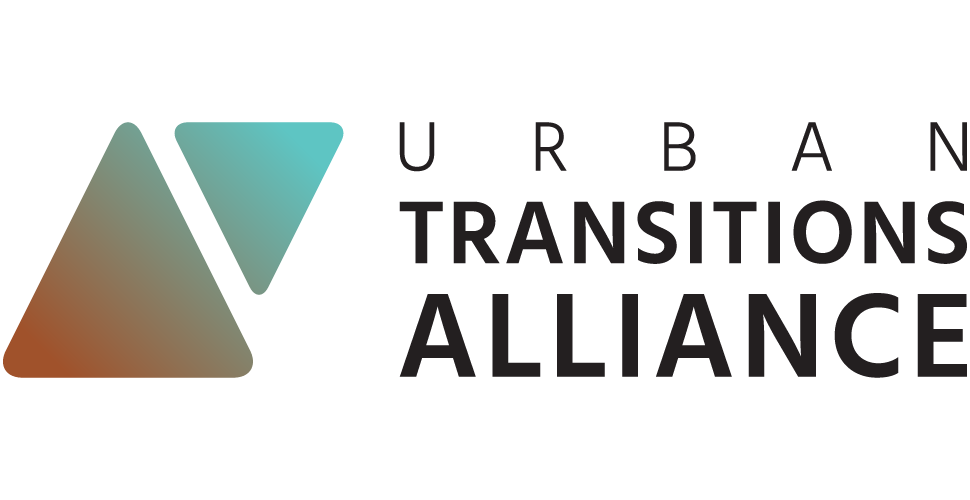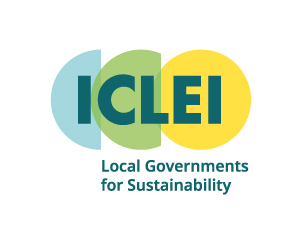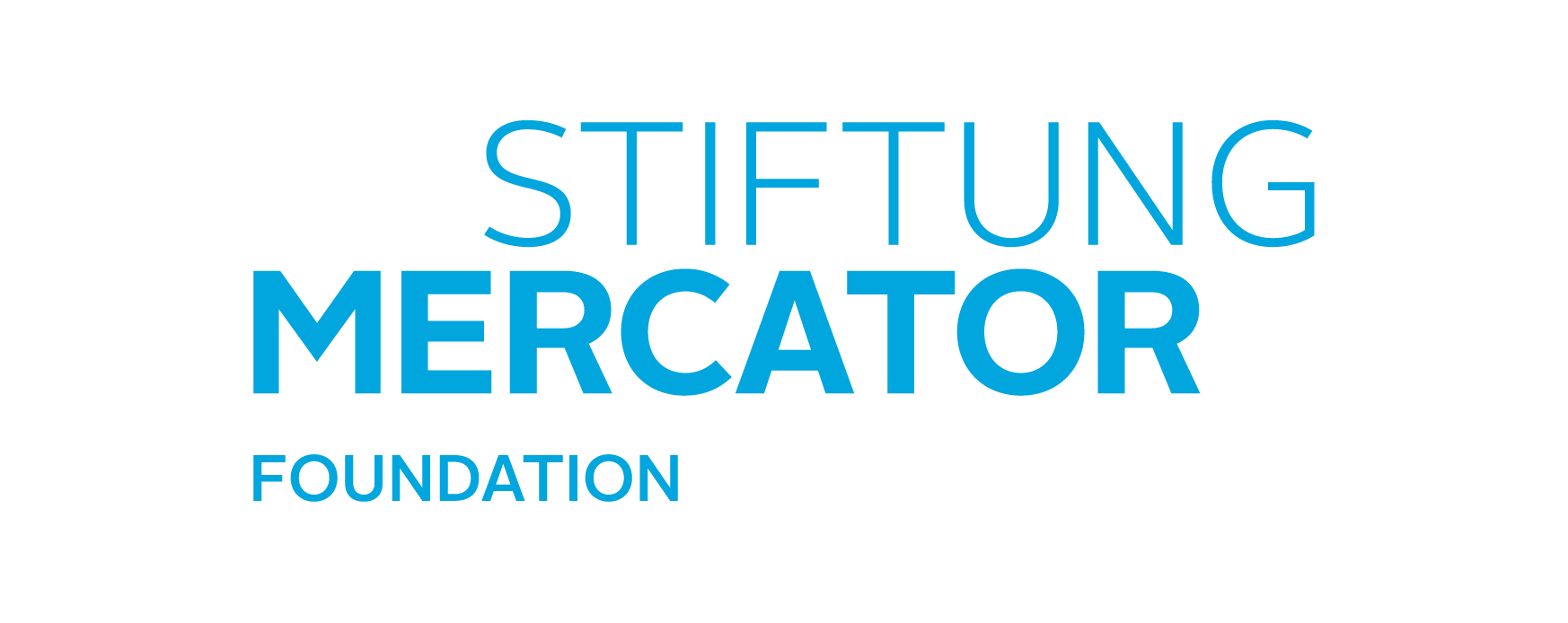Buffalo
USA
Industrial Legacy
Buffalo, New York, is strategically located at the junction between Lake Erie and the Niagara River along the US-Canadian border. After the Erie Canal opened in 1825, the city served as gateway between the Northeast and Midwest markets, quickly transforming into a steel and automotive industrial boom town. Fueled by low cost Niagara hydropower, the “City of Lights” grew to over half a million inhabitants, accommodating a the highest percentage of millionaires per capita in the United States by the end of the century.
But with the declining role of the Erie Canal in the late 1950s, Buffalo experienced a severe industrial slow-down, population loss and ensuing suburbanization. Several economic recessions followed which further increased the job losses in the industrial sector and exacerbated the downward spiral of urban degeneration, rising inequality and poverty. Shrinking revenues and rising welfare costs led the City of Buffalo into a long-term fiscal crisis up until in 2003, when all City operations were placed under the supervision of a State-appointed control board.
The city’s turn of the 20th century golden years, as well as its precipitous economic and population decline continue to influence its identity today. Buffalo’s boom and bust cycle left behind a strong built environment, including internationally renowned architecture, parks and urban design, but also legacy pollution and racial segregation. Industrial expansion took place prior to most environmental laws and has caused significant pollution as well as water and land contamination. Growing environmental challenges have increased climate risks in the city such as severe water storms, a 14% increase in average precipitation levels and a 15% increase in extreme heat days.
Today, Buffalo is seeing its first generation of economic recovery bolstered by environmental cleanup, a green development code and the implementation of an Energy Master Plan. Recent City reinvestments have focused on its waterfront “blue economy”, energy innovation and its Main Street “Knowledge Corridor”. The strategic alignment of local and state investments has helped accelerate the City’s stabilization and renewal.
Transition Barriers
Several of Buffalo’s prospective brownfield redevelopments face challenges such as lead contamination and sewerage overflows.
While recent investments have rejuvenated the economy, Buffalo still experiences low real estate value, limited tax collection and a lack of job opportunities.
Buffalo still needs to make progress on creating equity for all residents for economic, social and environmental opportunities.
Sustainable Future
With Buffalo’s 2006 Comprehensive Plan and succeeding 2016 “Green Code”, residents, businesses and political leaders jointly envision the city’s sustainable urban development, integrating economic, environmental and social concerns. Key transition guidelines include promoting a green mixed economy, safeguarding the resources and natural environment of the city, revitalizing neighborhoods through education and job creation initiatives while improving racial equity, diversity and inclusion. At the same time, Buffalo has capitalized on its local and regional heritage to attract skilled workers, capital and tourists.
Manufacturing is still the third largest industry sector in the region and remains the base of Buffalo’s job landscape: On the former site of a steel manufacturing plant along the Buffalo River today sits the largest solar manufacturing center in the western hemisphere. The Northland Corridor on Buffalo’s East Side is a brownfield redevelopment project that will create an urban business park and workforce training center aimed at providing employment opportunities for area residents in advanced manufacturing and energy sectors.

Further redevelopment actions focus on cleaning up legacy pollution while developing more sustainable and resilient urban systems. Supported by the Community Foundation of Greater Buffalo, the City has committed to nearly 400 million USD in smart and green infrastructure investments to eliminate the effects of combined sewer overflows on local waterways and has implemented a proactive effort to minimize residential water supply lead exposure. The Green and Healthy Homes Initiative utilizes a whole-house approach to minimize residential exposure to lead and asbestos linked to the City’s older housing stock. Buffalo was also the first city in New York to adopt a Complete Streets policy, becoming one of the world’s top cold weather bicycling cities.
The City finds strong partners in organizations like the Buffalo Niagara Medical Campus (BNMC) & Innovation Center, a non-profit organization supporting entrepreneurship to boost economic growth, ignite urban revitalization, and support entrepreneurship. BNMC has been actively innovating around several sustainability measures including 1) green stormwater infrastructure, 2) New York’s Reforming the Energy Vision concept and 3) alternative transportation demand management. Last but not least, Buffalo’s transition journey is shaped by a strong, resilient community of residents showing their “Buffa-love” by taking matters into their own hands. Deeply-rooted Citizens are working to reinvent and rebuild their neighborhoods to make their vision of a sustainable Buffalo a reality.


